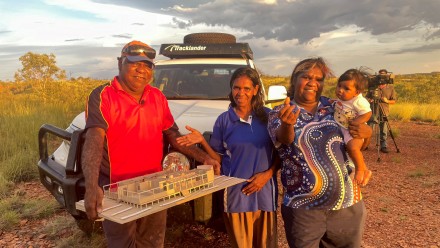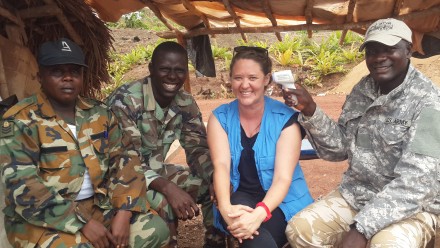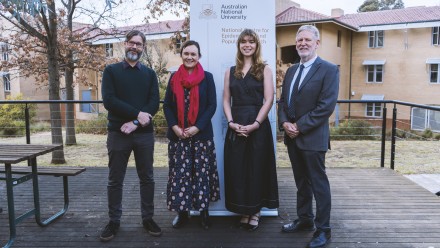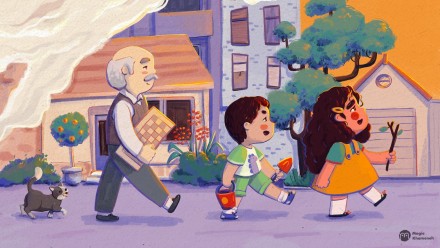Bushfire smoke and our health: a guide for kids and grown-ups
During the 2019/20 ‘Black Summer’ researchers from the Australian National University realised there were few resources focusing on health and bushfire smoke, and even less information was avaialble for people who spoke languages other than English. So researchers at NCEPH teamed up with the Centre for Arabic and Islamic Studies and some creative folks to generate a beautifully illustrated picutre book that follows the advetures of two curious children as they learn how to stay safe and respond resourcefully.
The result is a beautiful picture book called Shirin and Amir and the Dragon Smoke, that is written by Liz Drummond, Jemimah Shafai-Ongu, and illustrated by Magie Khameneh. This book has been translated from English into Arabic, Persian, and Turkish to increase access to important health messaging to families from other language backgrounds.

The picture book concludes with actions that children can take to stay safe during bushfire smoke. You can download these posters below, as well as a primary school teaching guide, and colouring in sheets.
DOWNLOAD POSTERS ON STAYING SAFE
DOWNLOAD a poster on bushfire smoke and our health: a guide for kids.
- Bushfire smoke and our health: a guide for kids - ENGLISH A4
- Bushfire smoke and our health: a guide for kids - ENGLISH A3
- Bushfire smoke and our health: a guide for kids - ARABIC A4
- Bushfire smoke and our health: a guide for kids - ARABIC A3
- Bushfire smoke and our health: a guide for kids - PERSIAN A4
- Bushfire smoke and our health: a guide for kids - PERSIAN A3
- Bushfire smoke and our health: a guide for kids - TURKISH A4
- Bushfire smoke and our health: a guide for kids - TURKISH A3
Bushfire smoke and our health: a guide for kids
What are bushfires?
Bushfires occur when trees and grass catch fire, usually during the summer when it’s hot and dry. They can be started naturally e.g. lightening, or by people accidentally or on purpose.
What is bushfire smoke?
Bushfire smoke is made up of tiny particles, gases, and water vapour released into the air when trees and grass burn. Wind can blow smoke a long way – thousands of kilometres! So even if the fire isn’t near you, smoke can be in the air.
Why is bushfire smoke bad for you?
Smoke can make your eyes and throat hurt. It can travel into your lungs, making you cough, and even trigger an asthma attack. Most people will be fine and recover quickly if they do feel sick.
How can you protect yourself and your community?
Play indoors when it is smoky outside. Keep your home as clear of smoke as possible by closing windows and doors – if they ‘leak’, try filling these gaps with tape or towels.
Wear a P2 or N95 facemask that fits well. It is not recommended to wear a mask if you are under five or have a medical condition that may be affected by wearing it.
If you have asthma, keep medication handy, and follow your asthma management plan.
Check air quality using an app such as ‘AirRater’ and plan outdoor activities for when air quality is best.
Trust your senses. If you can see or smell smoke, then it is unhealthy to be outside.
Check on family and friends to make sure they are healthy, and offer help if they need assistance and you are able.
What can you do if you feel upset?
It’s understandable if you feel scared or upset. It can help if you talk about your feelings with family, a teacher, or trusted adult. You can also contact the Kids Help Line at any time, it’s free – 1800 55 1800. Remember – the smoke won’t last forever.









